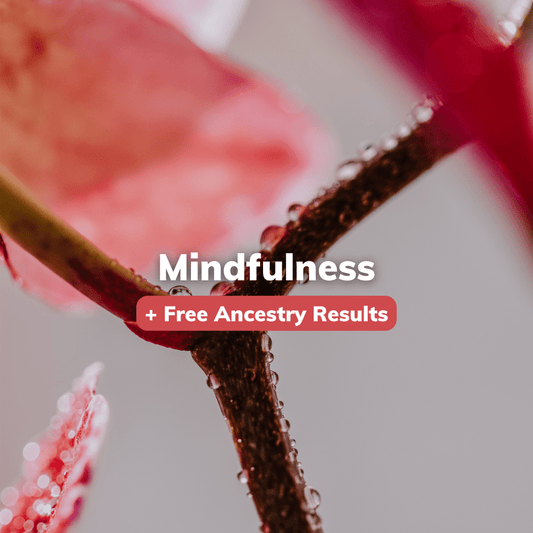
Gout: An Old Disease in New Light
BioCertica Content TeamGout is a common and complex form of arthritis that is known to cause severe attacks of pain, tenderness, redness, and inflammation in the joints, particularly at the base of the big toe. It affects millions of people worldwide and can significantly hamper the quality of life.
Gout is characterized by an abnormally high concentration of uric acid in the bloodstream. This leads to the formation of urate crystals in and around joints, causing painful inflammation. A gout attack often strikes suddenly, often at night, and can last for several days.
Several factors can contribute to the onset of gout, including genetics, age, and gender (men are more prone), diet, certain medications, and other health conditions like hypertension, diabetes, and kidney diseases.
Treatment for gout aims to alleviate symptoms during an attack and prevent future episodes. Nonsteroidal anti-inflammatory drugs (NSAIDs), corticosteroids, and colchicine are commonly prescribed to manage pain and inflammation during an attack. Long-term management usually involves lifestyle modifications and medications like allopurinol or febuxostat to lower uric acid levels.
The best strategy to prevent gout involves avoiding risk factors. This includes maintaining a healthy body weight, limiting alcohol consumption, especially beer, and avoiding foods high in purines (such as red meat, organ meats, and certain types of seafood) which can increase uric acid levels. Regular exercise and consumption of plenty of fluids can also help reduce the risk.
While gout can be a painful and disruptive condition, proper management strategies can significantly reduce the number and severity of gout attacks. Knowledge about the disease, proactive steps toward lifestyle changes, and adherence to medication regimens can all contribute to successful gout management.
References:
- Roddy, E., & Choi, H. K. (2014). Epidemiology of gout. Rheumatic diseases clinics of North America, 40(2), 155-175.
- Bursill, D., Taylor, W. J., Terkeltaub, R., Kuwabara, M., Merriman, T. R., Grainger, R., ... & Chapman, P. T. (2019). Gout, Hyperuricemia, and Crystal-Associated Disease Network Consensus Statement Regarding Labels and Definitions for Disease Elements in Gout. Arthritis Care & Research, 71(3), 427-434.
- Richette, P., & Bardin, T. (2010). Gout. Lancet, 375(9711), 318-328.
- van Durme, C., van Echteld, I., Falzon, L., Aletaha, D., Landewé, R., van der Heijde, D., & van Gaalen, F. (2014). Nonsteroidal anti-inflammatory drugs for treatment of acute gout. JAMA, 312(3), 250-251.
- Khanna, D., Fitzgerald, J. D., Khanna, P. P., Bae, S., Singh, M. K., Neogi, T., ... & Terkeltaub, R. (2012). 2012 American College of Rheumatology guidelines for management of gout. Part 1: Systematic nonpharmacologic and pharmacologic therapeutic approaches to hyperuricemia. Arthritis care & research, 64(10), 1431-1446.
- Zhang, Y., Chen, C., Choi, H., Chaisson, C., Hunter, D., Niu, J., & Nevitt, M. (2012). Purine-rich foods intake and recurrent gout attacks. Annals of the rheumatic diseases, 71(9), 1448-1453.
- Rai, S. K., Fung, T. T., Lu, N., Keller, S. F., Curhan, G. C., & Choi, H. K. (2017). The Dietary Approaches to Stop Hypertension (DASH) diet, Western diet, and risk of gout in men: prospective cohort study. BMJ, 357, j1794.
- Image by cnick on Pixabay



